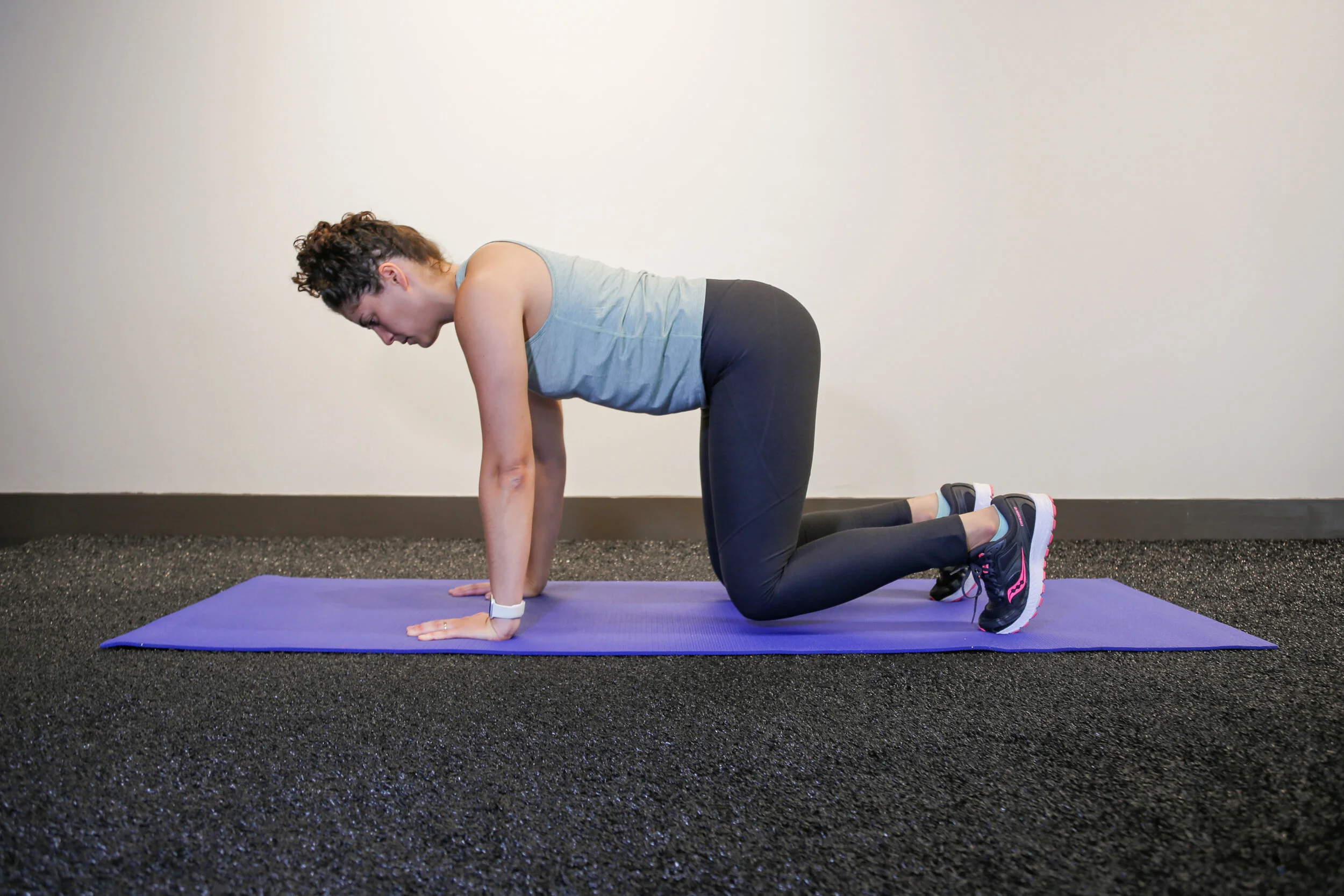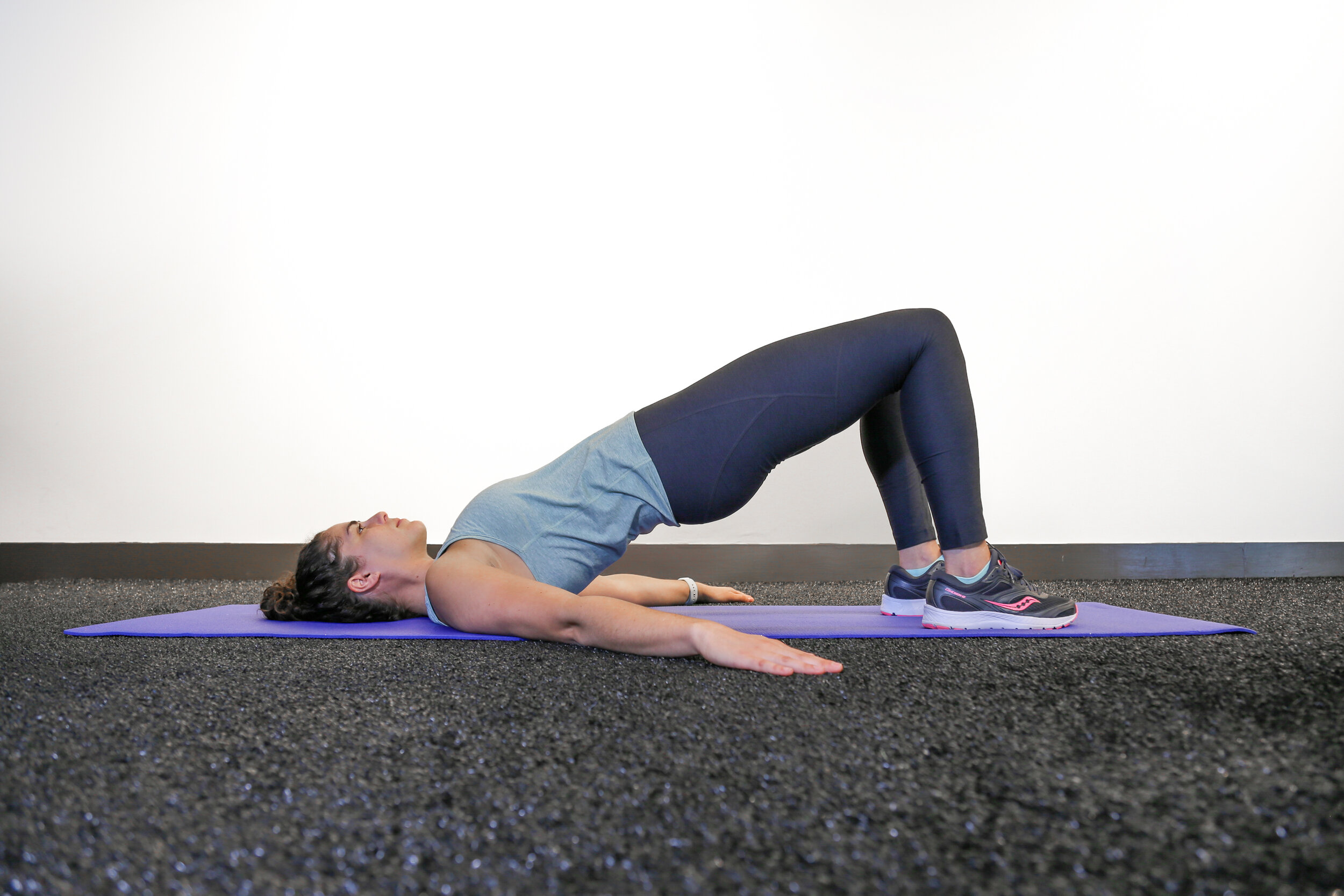5 Tips For Core Strengthening During Pregnancy
A few weeks ago, I posted about core strengthening during pregnancy and asked our Instagram followers a couple questions. The first question was simply if they worked on core strengthening during pregnancy. The answers were 50/50 for who did and didn’t, but where it got interesting is when I asked why those who didn’t, didn’t.
The most common responses I got for why folks avoided strengthening during pregnancy were:
Being scared to hurt themselves or the baby.
Not knowing how to correctly or safely strengthen the core during pregnancy.
Not knowing if you should or shouldn't work core during pregnancy.
Core strengthening during pregnancy is associated with so many benefits to pregnant people and is perfectly safe for both parent and baby unless otherwise specified by your medical professional. As always, please defer to the medical advice of your providers.
With that said, core strengthening during pregnancy is associated with reduced severity of diastasis recti postpartum. It can help reduce SI joint pain, pubic symphysis pain, back pain and so much more. Core strengthening is a great way to support pelvic floor support as these muscles work together.
In my humble opinion, if you have only limited time for exercise during pregnancy, working on abdominal strengthening and walking is a great place to focus. While there are no do’s and don’t’s and everyone’s body is different, I hope the tips I'll share below help reduce your fear and improve your confidence.
Here are 5 tips for core strengthening during pregnancy:
1. Avoid crunching and deep flexion. These motions increase intra abdominal pressure and increase strain on the linea alba, or the line of fascia down the abdomen between the rectus abdominis, or six pack muscles. During pregnancy, crunches and flexion often result in coning, or a shark fin shape down the abdomen, along this fascial line. Rather than repetitively straining this fascia, we want to modify exercise to avoid coning during pregnancy.
2. Maintain neutral spine during exercise. Rather than focusing on flexion, like crunches, maintaining a neutral spine during exercise helps your deep core engage and helps reduce strain on the linea alba. Exercises with a neutral spine can include the following:
3. Engage core during functional tasks. This tip is as simple as it sounds. Anything can be a core strengthening exercise if you engage your core while doing it, including household chores. Before lifting older children, laundry baskets, luggage, pets, think about exhaling and engaging your core first.
4. Practice diaphragmatic breathing. Diaphragmatic breathing is the foundation for core strengthening during and following pregnancy. Starting with a breath in helps to relax your core, which allows you to fully engage afterwards. Burrell Education has a great gif on how the breath, pelvic floor and core work together.
5. Focus on transverse abdominis strengthening. The transverse abdominis is the deep core muscle layer that goes across the belly, hence transverse. It's fibers run from hip bone to hip bone, from rib to rib. When you engage this muscle, it acts as a corset. While some people require practice and coaching to engage this muscle correctly, most respond well to the cue of "exhale and pull your belly to spine and up towards your head like a J."
6. See a pelvic floor PT to help create a personalized program to keep you strong through pregnancy. Every pregnancy and every body are different. There are no general do's and don't's that apply to everyone. Working with a pelvic floor PT can help you determine your strengths and weaknesses to better tailor your work to your needs. We offer both in person and virtual services so no matter where you are, reach out to us to set up your free 15 minute phone consultation!
You can also email us at contact@ladybirdpt.com or call 512-766-2649 to talk to us today.




